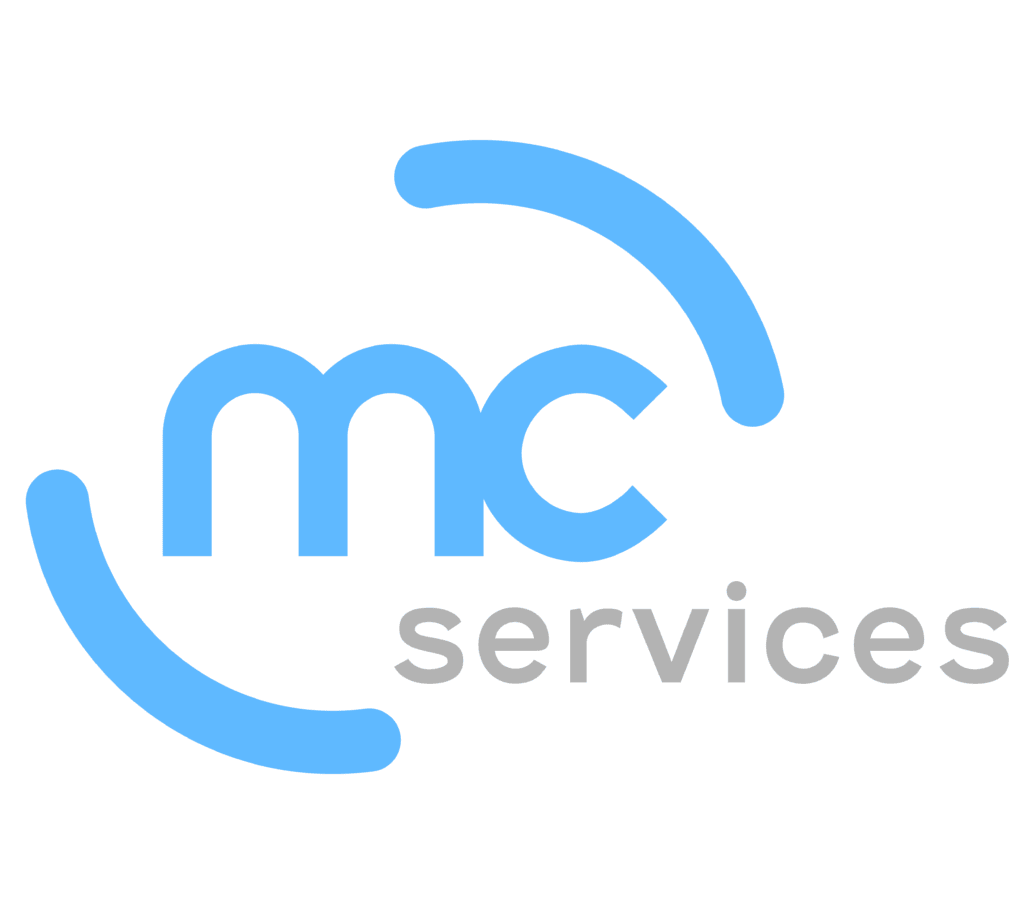E-commerce is everywhere. It has exploded over the last four years especially, now accounting for more than 10 percent of all U.S. retail sales, according to Internet Retailer. Plus, with a new generation of shoppers who research products on the web long before they ever walk into a physical store, retailers have more reason than ever to believe this trend will continue.
With so many companies moving to establish new selling channels online, however, retailers are hard-pressed to differentiate themselves from the unprecedented amount of competition. To make sure your site makes the best impression possible on new visitors (who could become lifetime customers) we recommend you focus on creating an experience that is incredibly easy to use and makes buying as seamless as possible.
Usability
With thousands of other options just a few clicks or taps away, capturing an audience on the web is contingent on a site’s ease-of-use and performance. Slow loading times, confusing navigation or an unclear checkout procedure could send a prospective customer scanning for the “Back” button in the blink of an eye. According to the design experts at Hongkiat, usability is even more important than offering low prices or unique products when it comes to maximizing sales on your website.
Here are a few features you can implement to make sure visitors to your site never get confused:
- Call-to-action buttons: If you want your customers to take a specific action, whether it’s signing up for an e-newsletter or creating an account, its your job to make that step as easy as possible for them. Rather than lengthy sign-up forms hidden behind links, provide exciting, easy to find call-to-action buttons.
- Search from every page: Online shopping is all about speed and convenience. To help your customers find the products they are looking for as quickly as possible, have a search bar that sits atop every page. And if there are any blogs or articles on your domain, use the best article spinner tool to ensure that the SEO of the website is optimised.
- Streamline navigation: Whether it’s on the home page or the checkout process, visitors should never feel lost. Use a navigation bar at the top of the page to point them in the direction of product categories they might be looking for. Or, during checkout, show them the different steps they are about to go through. Called “breadcrumb navigation” these mini-workflows help customers move between stages of the checkout process to edit mistakes. Plus, according to Hongkait, showing them how far they have moved through checkout and how much they still have left to do may prevent them from abandoning their shopping cart halfway through.
Conversion
As a retailer, it’s one thing to provide a user-friendly website experience. However, at the end of the day, you want that website to drive sales. As an e-commerce provider, these techniques will be different from those you use in your store. Customers want to know they can rely on your brand and the quality of your products before they do business with you. These features can help build that trust, turning interested browsers into engaged buyers:
- Guest checkout: Requiring every customer to create an account before finalizing their purchase places a large, unnecessary roadblock in the middle of the checkout process. Often times, it’s even enough to deter potential buyers from completing their order. Rather than requiring all of a visitor’s information before placing an order, consider allowing shoppers to checkout with a guest login that requires minimal information. Then, once they have made their purchase, you can prompt them to use the information they already provided to set up a full account.
- Reviews: Without the ability to touch and feel a product in person, online shoppers rely heavily on reviews to make sure the product they’re considering is high-quality. Giving your customers a place to leave and read reviews can help shoppers feel more comfortable about clicking “add to cart.”
- Videos and photos: Similar to reviews, shoppers use product videos and photos to get a better sense of the quality and details of an object that they would otherwise look for in person. Try adding close-up photos or videos of the product in use to show shoppers what they can expect when the product arrives at their door.
- Contact information: As convenient as it is to do business completely online when shoppers know what they want, it can be frustrating if they have questions about one of your products or services. Make your contact information easy to find so customers can reach out to you directly with questions.
At MC Services, we offer web hosting services that can help your e-commerce venture take off. Our experienced web programming experts can equip your site with the latest security technology to make sure your customers feel confident doing business with you. For more information about how MC Services can help you achieve your e-commerce goals, contact us today.
